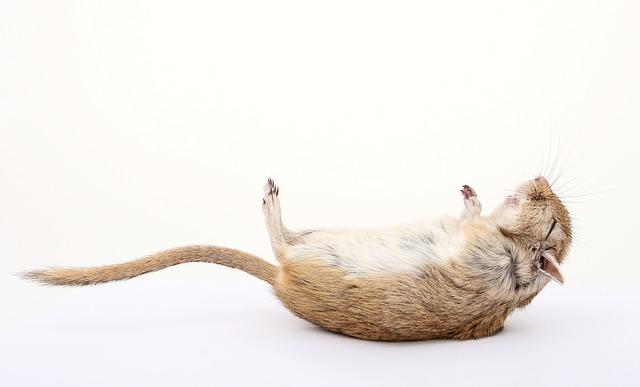Do sugar gliders have claws? This is a question that many people are curious about. The answer is yes, sugar gliders do have claws. In this blog post, we will discuss the fascinating anatomy of the sugar glider and its unique features, including its claws.
Do sugar gliders have claws and how sharp are they compared to other animals’?
Sugar Gliders are proficient climbers and have sharp claws that help them cling to tree bark and branches.
The front paws of sugar gliders are equipped with five sharp claws that are used for gripping and tearing food; the back paws have only four claws.
The middle claw on each hind foot is larger and more curved than the other claws and serves as a comb for grooming.
Sugar gliders also have a well-developed sense of touch, which is aided by the presence of fine hairs on their hands and feet.
These hairs are particularly sensitive to vibration, allowing sugar gliders to detect movements in their environment.
Overall, sugar gliders have sharp claws that help them climb trees and groom themselves, but they are not as sharp as those of other animals such as cats and dogs.
How do sugar gliders use their claws and what is their primary purpose of them?
Sugar gliders are excellent climbers, thanks to their sharp claws. Their claws are also used for self-defense and for catching prey.
The primary purpose of a sugar glider’s claws is to help them climb and move about in the trees.
However, the claws also play an important role in helping the sugar glider catch its food.
The sharp tips help the sugar glider to grip onto its prey, ensuring a successful hunt.
What are sugar gliders and what do they look like?
Sugar gliders are small, arboreal marsupials native to the forests of Australia and Indonesia. They get their name from their love of sugar and their ability to glide through the air, thanks to the flap of skin connecting their front and back legs.
Sugar gliders are social creatures, living in groups of up to 10 individuals. They are also nocturnal, spending the majority of their days asleep in trees. When they are awake, they are very active, leaping and climbing through the branches in search of food.
Sugar gliders have light-colored bodies with dark stripes running down their backs and tails. They also have large eyes, which help them to see in the low light of night.
Adult sugar gliders typically weigh between 4 and 5 ounces and measure about 8 inches long, including their tail.
Are sugar gliders related to other animals, such as lemurs or squirrels?
Sugar gliders are small marsupials that are found in the forests of Australia, Indonesia, and New Guinea. They are nocturnal animals that spend most of their time in trees, where they feed on insects, nectar, and sap.
Sugar gliders are able to glide through the air thanks to a web of skin between their front and back legs. Although they are often thought of as being related to other arboreal animals, such as lemurs and squirrels, sugar gliders are actually more closely related to kangaroos and wallabies.
Nevertheless, they share many similarities with other tree-dwelling creatures, such as sharp claws for climbing and large eyes for night vision.
5. What are some interesting facts about sugar glider claws that you may not know’?
Sugar gliders’ claws are interesting for many reasons.
For one, they are very sharp and can be used to climb trees. The nails on their front paws are also much longer than those on their back paws, which helps them grip onto tree branches.
In addition, sugar gliders have a special claw on their hind feet that they use for grooming. This claw is called a comb toe, and it helps them remove parasites and keep their fur clean.
Finally, sugar gliders are the only marsupials that can glide through the air. Their skin is very stretchy, and they have a flap of skin between their front and back legs that acts like a parachute.
When they jump out of trees, they can spread their legs and glide for up to 50 meters! Sugar gliders are truly amazing creatures.




